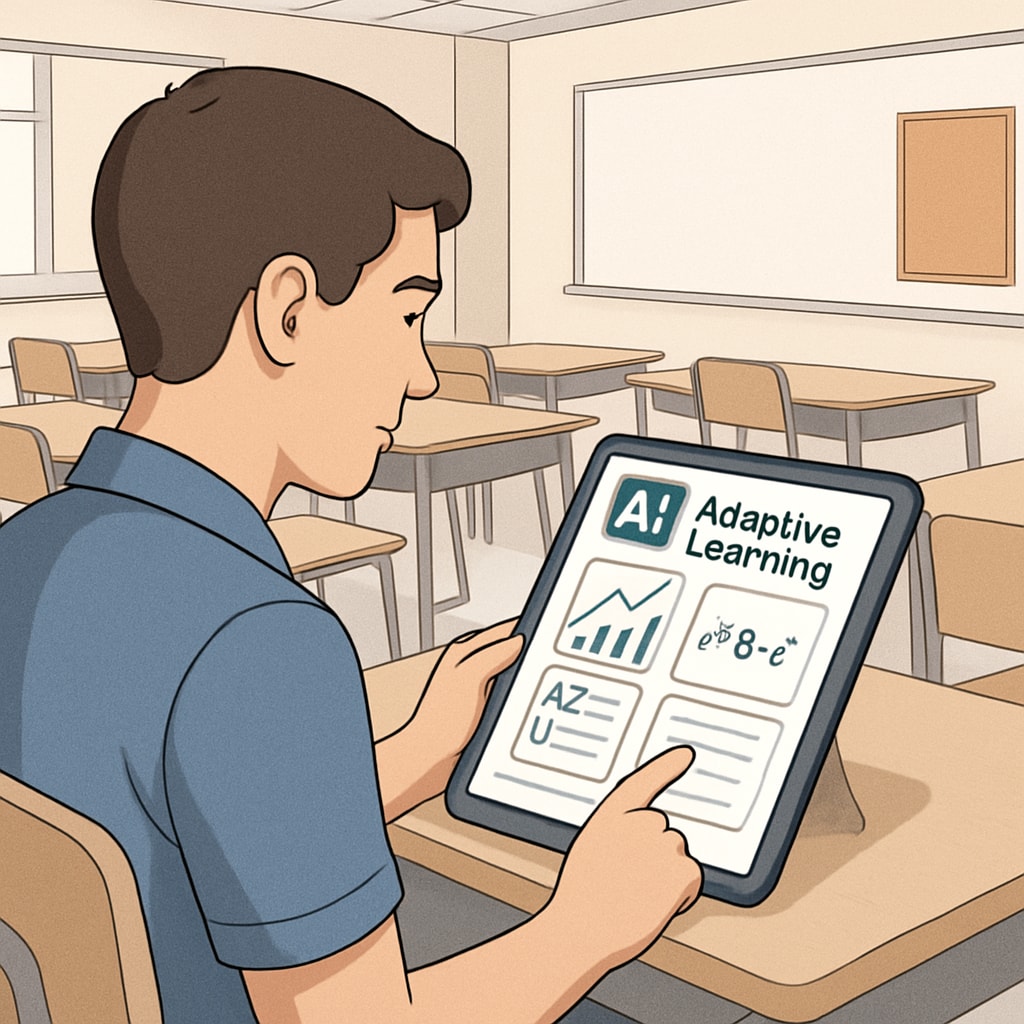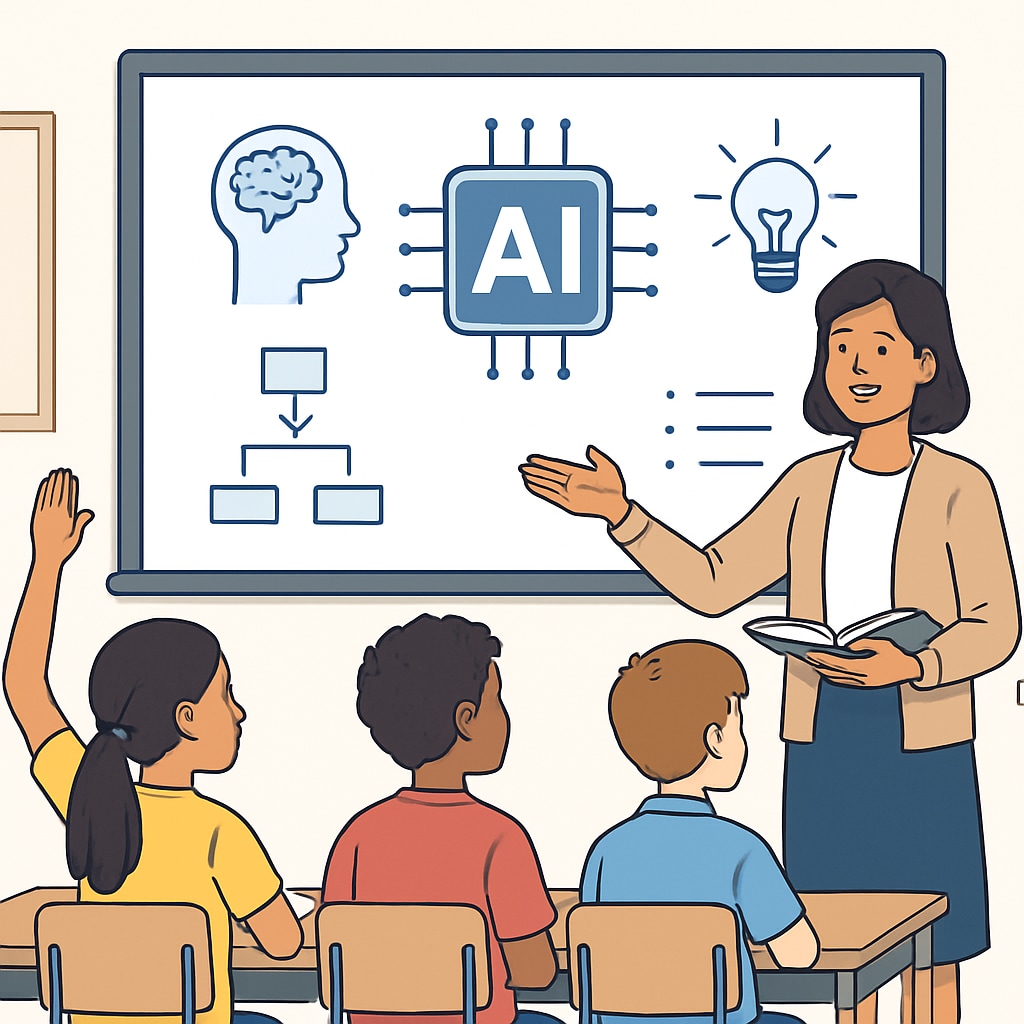Artificial intelligence (AI) is accelerating changes across various industries, but its impact on education, particularly in K12 systems, holds immense potential. Over the next 5–10 years, AI promises to reshape education through personalized learning, evolving teacher roles, and improving the distribution of educational resources. However, while embracing these advancements, it is crucial to preserve the core principles of education: fostering critical thinking, empathy, and creativity in students.
Personalized Learning: A Tailored Approach for Every Student
One of the most transformative aspects of AI in education is its ability to enable personalized learning for students. Traditional classrooms often adhere to a one-size-fits-all approach, leaving many students either under-challenged or struggling to keep up. AI-powered tools like adaptive learning platforms and intelligent tutoring systems can analyze a student’s strengths, weaknesses, and learning pace to create customized lesson plans.
For example, platforms like Khan Academy and AI-driven apps such as Duolingo already use algorithms to adapt content dynamically based on user performance. These tools can provide additional support for struggling learners while offering advanced content for those who excel, ensuring that no child is left behind.

The Evolving Role of Teachers in AI-Enhanced Classrooms
While AI can automate certain tasks, such as grading and administrative work, it cannot replace the human connection that teachers bring to the classroom. Instead, AI is poised to redefine the role of educators. Teachers will transition from being primary sources of information to becoming facilitators of critical thinking and mentors who guide students in applying knowledge to real-world scenarios.
For instance, AI can handle repetitive tasks like assessing multiple-choice quizzes, freeing up teachers to focus on higher-order activities, such as fostering discussions, encouraging collaboration, and nurturing emotional intelligence in students. As a result, teachers can dedicate more time to addressing the unique needs of their students and building stronger relationships.

Equitable Distribution of Educational Resources
AI also has the potential to bridge gaps in educational resources, particularly in underfunded schools or remote areas. Access to quality education remains a significant challenge in many parts of the world, but AI-powered tools could help level the playing field. Virtual tutors, automated lesson plans, and online resources can provide high-quality instruction at a fraction of the cost of traditional methods.
Moreover, AI can assist in identifying disparities within the education system and recommend actionable solutions. For example, data analytics powered by AI can track student progress across different demographics, highlighting inequities and helping policymakers allocate resources more effectively to underserved communities.
However, this accessibility comes with challenges, such as ensuring equitable access to the technology itself. Governments and organizations must work collaboratively to provide necessary infrastructure, such as internet connectivity and devices, to ensure that no student is left behind.
Balancing Innovation with Educational Values
While AI offers numerous advantages, it is essential to strike a balance between technological innovation and preserving the core values of education. Over-reliance on AI risks reducing education to a purely mechanical process, potentially neglecting the cultivation of creativity, empathy, and social skills in students.
As a result, educators, policymakers, and technologists must work together to ensure that AI is used to enhance—not replace—the human aspects of teaching and learning. Ethical considerations, data privacy, and inclusivity should remain at the forefront of any AI-driven educational initiative.
In conclusion, AI holds immense potential to revolutionize K12 education by enabling personalized learning, redefining teacher roles, and promoting equitable resource distribution. However, as we embrace these advancements, we must remain mindful of the fundamental purpose of education: to prepare students not just for exams, but for life itself.
Readability guidance: The article uses short paragraphs and a balanced mix of active voice, transition words, and lists to maintain clarity and flow. Images have been placed strategically to illustrate key points, and external links provide additional context for readers.


